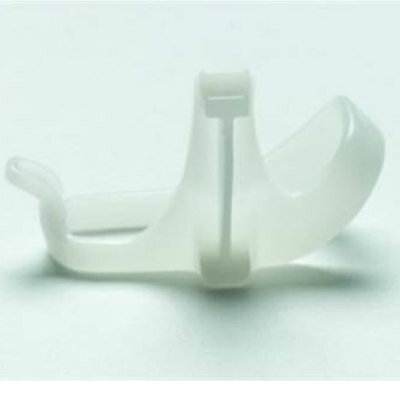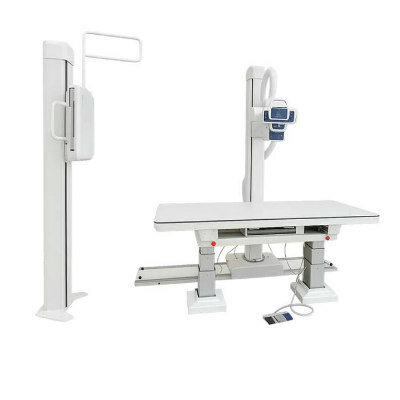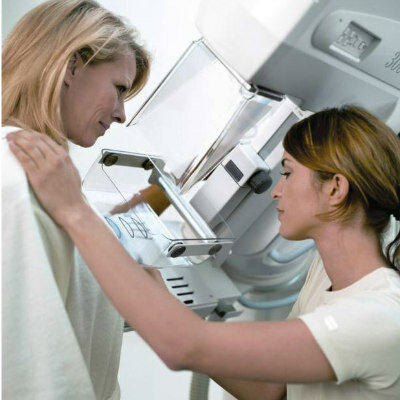Multidetector CT Helps Identify Bullet Trajectories
By MedImaging International staff writers
Posted on 07 Feb 2011
Multidetector computed tomography (MDCT) imaging provides an efficient, effective way to assess injuries from bullets and explosive devices, according to new research. Posted on 07 Feb 2011
The study's findings were published online and in the March 2011 issue of the journal Radiology. "The information provided by MDCT has the potential to improve patient care and aid in both military and civilian forensic investigations,” said the study's lead author, Les R. Folio, DO, MPH, from the Uniformed Services University (Bethesda, MD, USAl).
US troops stationed in Iraq and Afghanistan face threats from increased sniper activity and the use of improvised explosive devices. Current clinical reports of wounds from bullets and bomb fragments do not include the progression of the trajectory or the direction of the wound path, in spite of the fact that ballistic injuries are not necessarily confined to a single anatomic structure.
Whereas research has shown the value of CT in the analysis of ballistic wound paths, there is no widely accepted technique for effectively and accurately pinpointing wound paths and determining the trajectory angles.
For the study, researchers assessed the accuracy of MDCT-based ballistic wound path identification. They had a marksman shoot six shots from a rifle into two simulated legs comprised of various synthetic materials to optimally represent real tissue. The legs were tilted at six different angles based on common sniper heights and distances.
After the leg phantoms were scanned with 64-channel MDCT, several radiologists independently reviewed the CT images and recorded entrance and exit sites for the bullet trajectories. The angles measured on MDCT corresponded closely with those calculated from coordinates with actual shooting angles. Dr. Folio and colleagues concluded that radiologists could estimate the position of a sniper or an explosive device by extrapolating trajectories identified on MDCT when other factors, such as sniper distance and the victim's location, are known. "Investigators want to know where the sniper was and where the bomb blast originated,” Dr. Folio said. "MDCT allows us to see the path and help determine these answers.”
MDCT-based calculations of wound paths and angles of trajectory have other potential benefits, according to Dr. Folio, including assistance in crime scene analysis and the triage and treatment of patients. The research can also be applied to records from the Joint Theater Trauma Registry, a US Department of Defense database of penetrating injuries in fatally and catastrophically wounded soldiers. "This technology allows us to analyze thousands of penetrating injuries, correlate them with external ballistics, and use that data to help develop protective gear and prevent future injuries,” Dr. Folio said.
Further research into MDCT's potential to analyze trajectories and wound paths in other areas of the body, including the head, chest and abdomen, is ongoing. Dr. Folio is currently leading a study on automated trajectory analysis in Vietnam veterans with traumatic brain injuries.
Related Links:
Uniformed Services University














